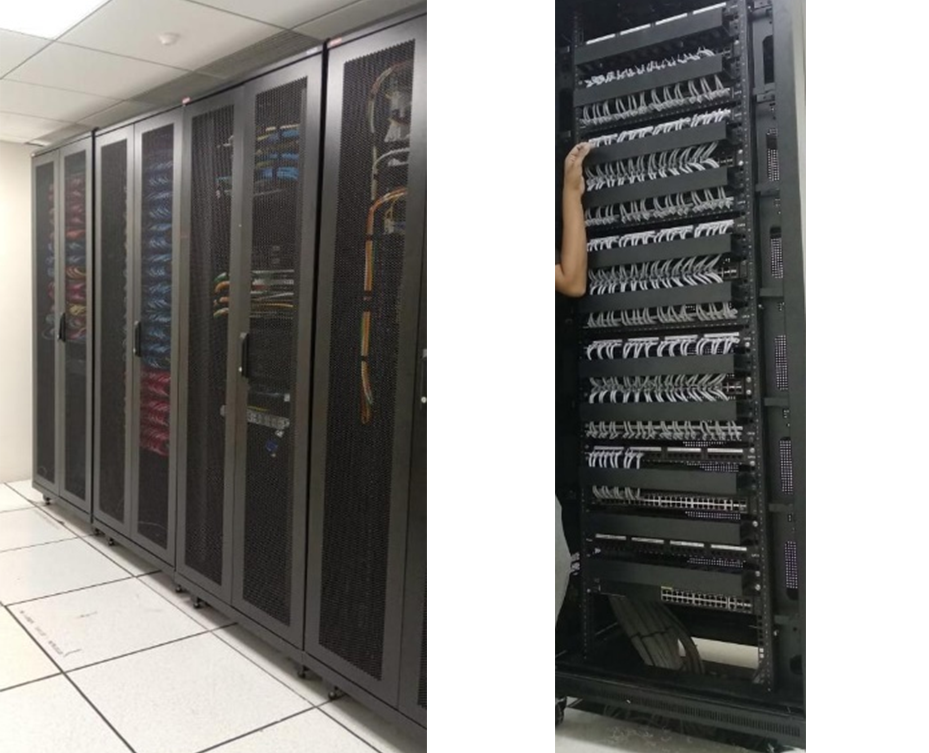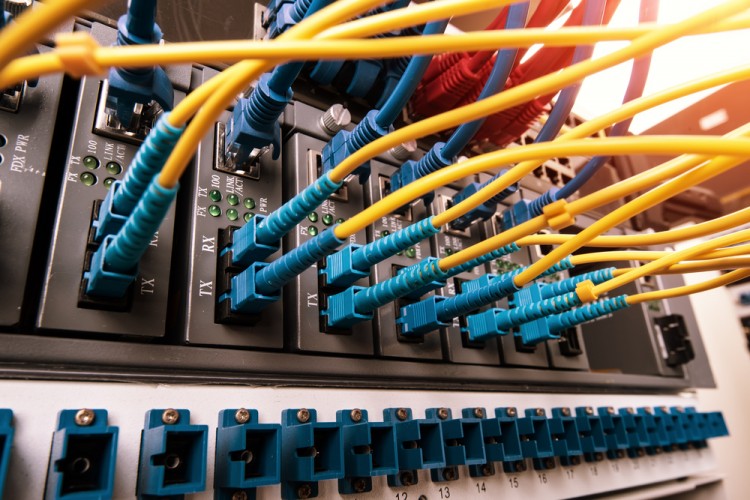Structured cabling refers to the design and installation of a standardized and organized cabling system that supports various hardware uses and provides a comprehensive telecommunications infrastructure. The primary goal of structured cabling is to ensure the smooth and efficient transmission of data, voice, and video signals within a building or campus environment.

Vertical Cabling (Backbone Cabling): Connects telecommunications rooms on different floors or in different buildings. It provides the main pathway for data flow between equipment rooms, telecommunications rooms, and entrance facilities.
Telecommunications Rooms (TRs): These are spaces that house cabling consolidation points and network equipment, such as servers, switches, and routers.
Work Area: The area where the end-user devices (computers, printers, phones) are connected to the cabling infrastructure.
Equipment Rooms: Spaces that house equipment such as servers, data storage devices, and network switches.
Cable Components: Cables can be copper-based (twisted pair cables) or fiber optic cables, depending on the specific requirements of the network.Equipment Rooms:Spaces that house equipment such as servers, data storage devices, and network switches.
Entrance Facilities: Points where external cabling connects to the building's cabling infrastructure.
Cable Components:Cables can be copper-based (twisted pair cables) or fiber optic cables, depending on the specific requirements of the network.
Connectivity Devices: This includes connectors, patch panels, and other devices used to connect various cables in the network.
Structured Cabling Standards: Standards like TIA/EIA-568 and ISO/IEC 11801 provide guidelines for the design and installation of structured cabling systems.

OFC stands for Optical Fiber Cable, and OFC network cabling involves the use of optical fibers to transmit data as pulses of light. Optical fiber cables are made of glass or plastic fibers that carry information over long distances. This technology is widely used in telecommunications, internet connectivity, and networking due to its high data transfer rates, reliability, and immunity to electromagnetic interference.
Single-Mode Fiber (SMF): Designed for long-distance transmissions, single-mode fibers allow a
single mode of light to propagate through the core. It is commonly used in telecommunications and
high-speed data applications.
Optical Fiber Cables: These cables consist of one or more optical fibers enclosed in protective
layers. The core is where the light travels, and it is surrounded by a cladding layer that reflects the
light back into the
Connectors and Splices: Connectors are used to join optical fibers, while splices are used for
permanent connections. Proper termination is crucial to minimize signal loss.
Transmitters and Receivers: Transmitters convert electrical signals into optical signals, and
receivers convert optical signals back into electrical signals.
High Bandwidth: Optical fibers can transmit large amounts of data over long distances at high speeds. Low Latency: Light travels faster than electrical signals, resulting in lower latency in data transmission. Immunity to Electromagnetic Interference (EMI): Unlike copper cables, optical fibers are not susceptible to EMI, making them ideal for environments with high electromagnetic interference. Security: Optical signals are difficult to tap into, providing a higher level of security compared to traditional copper cables.
Long-Haul and Metro Networks: Optical fibers are commonly used for long-distance communication in
telecommunications networks.
Data Centers: OFC is widely used for high-speed data transmission within data centers.
Installation Practices: Proper handling, termination, and installation practices are crucial for ensuring optimal performance. Testing: Regular testing and inspection are essential for maintaining the health of the optical fiber network.